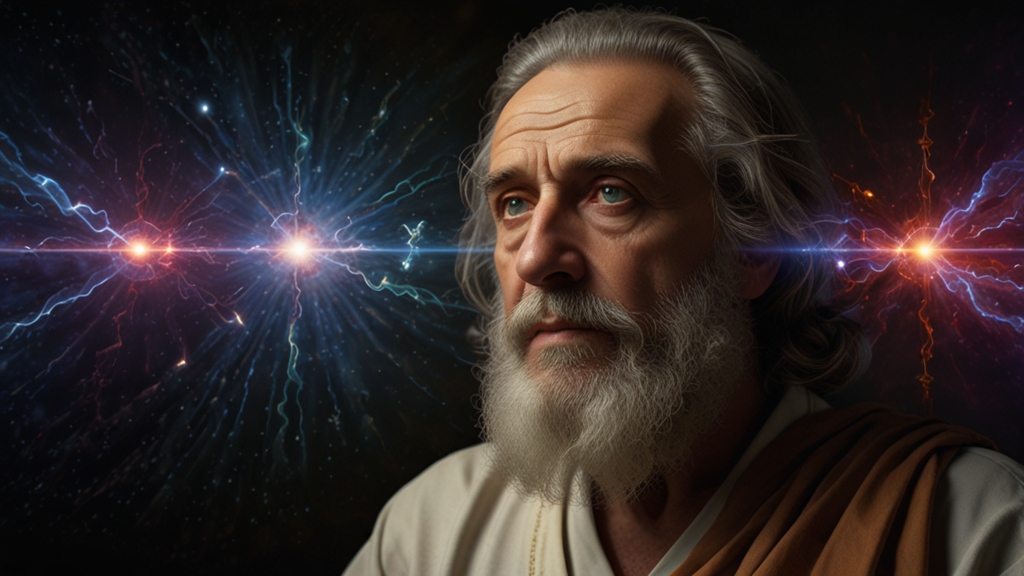The Mystery of the Crucified: Are There More Stories Untold?
The act of crucifixion, one of the most brutal forms of capital punishment known to humanity, has a storied history that extends far beyond the crucifixion of Jesus Christ. To most, the image of crucifixion is inseparable from Christian theology, with its connotations of suffering, sacrifice, and redemption. However, the history of this harrowing method of execution is replete with mysteries and unanswered questions, suggesting that many stories related to crucifixion remain untold.
The Historical Context of Crucifixion
Historically, crucifixion was a practice utilized by several ancient civilizations, including the Persians, Carthaginians, and Romans. It served as a severe deterrent against crimes such as treason, rebellion, and desertion. The reasons for its adoption were multifaceted: its public and humiliating nature, its slow and torturous process, and its undeniable impact on community perception.
"Crucifixion was intended to be a spectacle. It was not just about killing; it was about sending a strong, unwavering message to onlookers: 'This could happen to you.'" — Dr. Lawrence Steel, Historian.
Despite its importance as a historical and social tool, the intricacies of crucifixion practices varied significantly across different cultures and time periods, adding layers of mystery to an already grim practice.
Unexplored Tales of the Crucified
While the story of Jesus' crucifixion is the most well-documented and studied, it is hardly unique. There are numerous accounts of crucifixion that have either been lost to history or overshadowed by theological narratives. These lesser-known stories are often shrouded in ambiguity, raising questions about how they were recorded—or if they were recorded at all.
One poignant example is the tale of Spartacus and his followers. After their defeat in 71 BC, it is reported that approximately 6,000 of his captured rebels were crucified along the Appian Way. This mass crucifixion was a display of ruthless power by the Roman Republic, meant to crush any future attempts at rebellion. However, the individual stories of those 6,000 remain largely a mystery, their personal sufferings and final moments unrecorded and forgotten.
"We remember Spartacus for his valiant effort, but the fate of his men reminds us of the countless nameless souls who faced crucifixion in silent dread." — Dr. Emily Roberts, Classical Studies Scholar.
Symbolism vs. Reality
The crucifixion of Jesus has imbued the practice with a profound spiritual and symbolic dimension that often overshadows its grim reality. In Christian faith, the cross is a symbol of atonement, love, and resurrection. But behind this potent symbolism, the physical and emotional agony endured by thousands who faced crucifixion cannot be understated. It was a method specifically designed to prolong suffering and to maximize its horror.
There are many ancient records and archeological findings that hint at a broader and more varied application of crucifixion than is commonly acknowledged. Consider, for instance, the case of Jehohanan, a young Jewish man whose remains were discovered in a Jerusalem ossuary with a heel bone pierced by a large nail. This finding, dating back to the first century AD, provides rare physical evidence of Roman crucifixion practices and suggests that crucifixion was more widespread than the limited textual references might indicate.
Modern Interpretations and Continuing Mysteries
In recent times, there has been a resurgence of scholarly interest in the broader implications and hidden histories of crucifixion. Researchers are continuously unearthing evidence that suggests many crucifixions went undocumented or were deliberately erased from historical records due to their horrendous nature. This academic curiosity aims to shed light on the countless untold stories, potentially altering our understanding of ancient societal norms and judicial practices.
Moreover, these studies often intersect with other fields such as forensic science, anthropology, and archeology, revealing new perspectives on the lives and deaths of those who were crucified. Each discovery adds a new piece to the puzzle, amplifying the cries of the countless victims whose suffering remains largely unrecognized.
"Every new artifact or piece of evidence we uncover adds to our understanding of the human condition and the lengths to which humans have gone to exert power and control over one another." — Dr. Hannah Garcia, Archeologist.
As our quest to discover the untold stories of the crucified continues, it is essential to remember that behind every historical account and archeological find, there lies a human story filled with pain, resilience, and, often, silent courage. It is through these untold tales that we gain a more profound understanding of our past and, perhaps, learn valuable lessons for our future.








